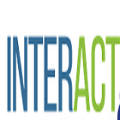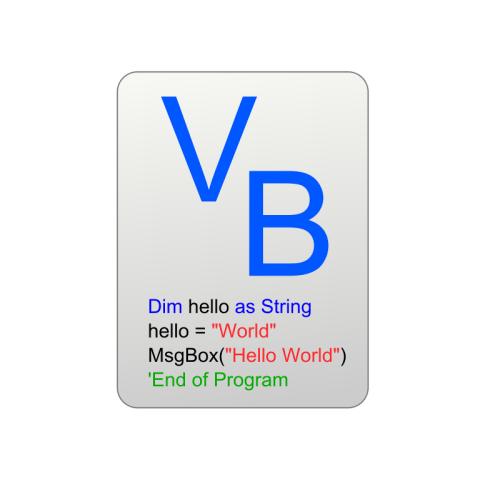A growing share of human interactions now occurs online, where the expression and perception of emotions are often amplified and distorted. Yet, the interplay between different emotions and the extent to which they are driven by external stimuli or social feedback remains poorly understood. We calibrate a multivariate Hawkes self-exciting point process to model the temporal expression of six basic emotions in YouTube Live chats. This framework captures both temporal and cross-emotional dependencies while allowing us to disentangle the influence of video content (exogenous) from peer interactions (endogenous). We find that emotional expressions are up to four times more strongly driven by peer interaction than by video content. Positivity is more contagious, spreading three times more readily, whereas negativity is more memorable, lingering nearly twice as long. Moreover, we observe asymmetric cross-excitation, with negative emotions frequently triggering positive ones, a pattern consistent with trolling dynamics, but not the reverse. These findings highlight the central role of social interaction in shaping emotional dynamics online and the risks of emotional manipulation as human-chatbot interactions become increasingly realistic.
翻译:暂无翻译





